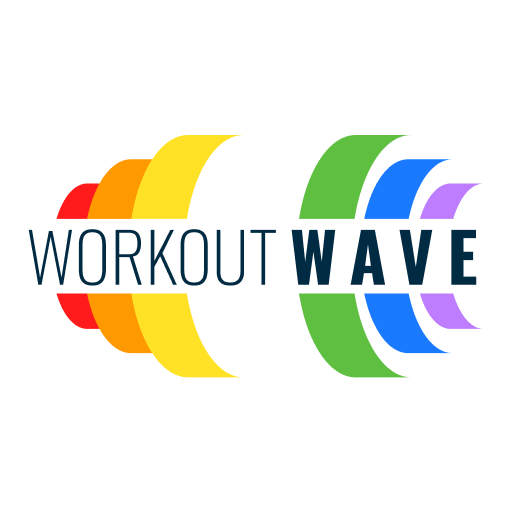7 Secret Home Workout Hacks That Transform Your Body Without Equipment
Understanding Your Fitness Level
Before diving into any home workout routine, it’s essential to assess your current fitness level. Knowing where you stand helps tailor workouts to be effective and safe, preventing injury and ensuring steady progress.
Self-Assessment Tests:
- Resting Heart Rate: Measure your cardiovascular efficiency.
- Push-Up Test: Gauge upper body strength.
- Plank Test: Assess core strength.
- Timed Run/Walk: Evaluate cardiovascular endurance.
Professional Evaluations: Consider getting a professional assessment for a comprehensive understanding of your fitness, including body composition analysis and VO2 max testing. This data allows for a more precise and customized workout plan.
Understanding your fitness level allows you to set realistic goals and create a workout routine that grows with you. Whether you’re a beginner starting with basic exercises, an experienced enthusiast looking for complex routines, or an older adult focusing on low-impact activities, this knowledge is crucial.
Effective Home Exercises for Different Fitness Levels
Choosing the right exercises based on your fitness level is key to a successful home workout plan.
Beginner Level
- Bodyweight Squats: Build lower body strength with simple squats, modifying intensity as needed.
- Push-Ups: Start on your knees if necessary, focusing on proper form.
- Plank: Strengthen your core by holding the position, starting with shorter durations.
- Walking Lunges: Improve balance and coordination with controlled movements.
- Bird Dog: Enhance stability by extending opposite limbs while on all fours.
- Glute Bridge: Target glutes and hamstrings with this foundational exercise.
Intermediate Level
- Water Bottle Bicep Curls: Use household items like water bottles for strength training.
- Overhead Press: Enhance upper body strength with overhead presses.
- Rows: Build back strength by pulling weights towards your chest.
- Tricep Extensions: Focus on the triceps with controlled extensions.
- Deadlifts: Strengthen your posterior chain by hinging at the hips with weights.
Advanced Level
- Dumbbell Bench Press: Increase chest strength with heavier weights.
- Dumbbell Rows: Engage the back with more challenging weights.
- Overhead Press: Continue building shoulder strength with heavier dumbbells.
- Lunges: Add resistance with dumbbells to increase difficulty.
- Dumbbell Deadlifts: Focus on proper form to lift heavier weights safely.
Each exercise can be modified to suit your current fitness level, ensuring you can safely progress over time.
Developing a Personalized Home Workout Routine
Creating a personalized home workout routine is crucial for long-term success. Start by setting SMART goals—specific, measurable, attainable, relevant, and time-bound—to guide your fitness journey.
Consistency: Incorporate shorter, frequent workouts that fit into your daily schedule, gradually increasing in duration and intensity.
Tracking Progress: Use a fitness journal or app to log workouts, track performance, and monitor changes in weight, body measurements, and fitness levels.
Technology: Leverage fitness apps, online classes, and virtual trainers to provide structure and variety. These tools offer personalized workout plans and keep your routine dynamic.
Overcoming Obstacles: Address challenges like lack of motivation or time constraints by setting smaller, achievable targets and mixing up your routine to prevent boredom.
Support System: Join online fitness communities or share your goals with friends for accountability and encouragement.
By following these strategies, you can create a home workout routine that aligns with your lifestyle and keeps you motivated.
Conclusions
Home workouts offer a flexible and effective way to achieve your fitness goals. By customizing your routine to your specific needs and preferences, you can make consistent progress without needing a gym membership. Start your home fitness journey today and experience the transformation.





